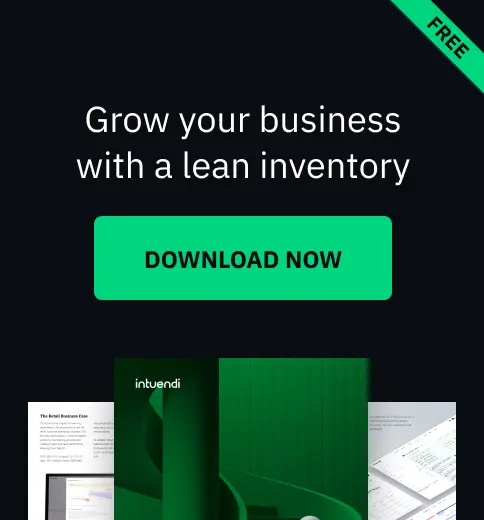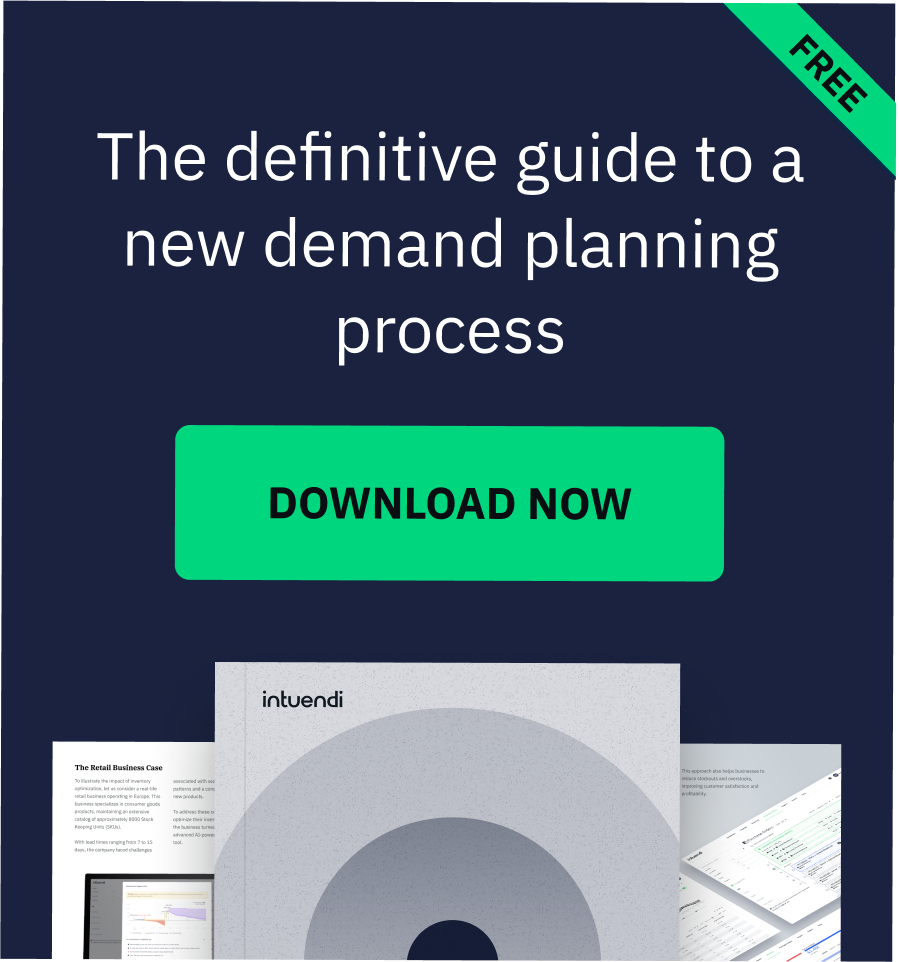A stockout occurs when a business runs out of inventory for a specific item that customers are ready to purchase. While seemingly a simple inventory issue, stockouts carry significant negative consequences. Stockouts lead to lost sales, customers turning to competitors, and long-term damage to brand trust and loyalty. Internally, stockouts create operational inefficiencies by disrupting production schedules, frustrating staff, and forcing costly expedited shipping to compensate for delays.
Therefore, effectively reducing stockouts is not just an operational goal; it’s essential for maintaining profitability and securing a competitive edge. Businesses need strategies and tools to anticipate demand and manage inventory levels accurately. Fortunately, various solutions exist, ranging from specialized software to integrated platforms, designed specifically to tackle the complexities of inventory planning and prevent costly shortages. Understanding precisely how to prevent stockouts is fundamental, and this article will guide you through the leading tools and approaches available to help you achieve just that as we continue on into 2025.
Top Tools for Reducing Stockouts
The market offers a range of powerful software solutions specifically engineered to help businesses minimize or completely eliminate stockouts. These tools leverage data analysis, forecasting algorithms, and automation to provide insights and streamline processes critical for maintaining optimal inventory levels. Here’s an overview of some leading options, highlighting their key strengths and suitability for different types of businesses:
Intuendi
Intuendi stands out as an AI-powered platform specifically focused on demand forecasting and inventory optimization to prevent stockouts. Its core strength lies in using advanced machine learning algorithms to analyze vast amounts of data (historical sales, seasonality, trends, promotions, external factors) to generate highly accurate demand forecasts. This accuracy directly translates into better inventory planning.
- Benefits: Significantly reduces stockouts by predicting demand more precisely, automates replenishment suggestions to ensure timely orders, and minimizes excess stock.
- Differentiators: Strong emphasis on AI/ML for superior forecast accuracy, user-friendly interface, relatively fast implementation, and seamless integration capabilities with major ERP systems.
- Target Audience: Particularly impactful for e-commerce, retail, and distribution businesses (especially SMEs) needing sophisticated forecasting without the overhead of massive enterprise systems.
Netstock
Netstock provides a cloud-based inventory optimization solution designed to integrate tightly with ERP systems, helping businesses reduce stockouts and optimize inventory investment. Its key functionalities include demand forecasting, dynamic safety stock calculation based on target fill rates and lead time variability, and prioritized replenishment recommendations.
- Benefits: Offers clear visibility into inventory risks (potential stockouts, excess stock), helps achieve desired service levels efficiently, and reduces the capital tied up in unnecessary inventory.
- Unique Selling Points: Strong focus on easy ERP integration (connects with many popular systems), intuitive dashboards providing actionable insights, and robust inventory classification features.
- Suitability: Ideal for small to medium-sized distributors and manufacturers who rely heavily on their ERP system for core data and want a practical tool to enhance inventory decision-making.
StockIQ
StockIQ offers a comprehensive supply chain planning suite designed to combat stockouts through robust demand planning, inventory optimization, and replenishment features. It incorporates statistical forecasting methods, facilitates collaborative planning (like S&OP), and calculates optimal inventory levels considering various constraints like lead times, order cycles, and service goals.
- Benefits: Helps businesses strike the right balance between inventory availability and cost, prevents stockouts through better planning, improves planner productivity, and supports more integrated supply chain operations.
- Differentiators: Broad suite covering multiple aspects of supply chain planning beyond just inventory, strong S&OP support, and adaptable forecasting models.
- Best Suited For: Distributors, manufacturers, and retailers across various sectors looking for a more holistic planning tool that integrates demand, inventory, and replenishment.
Relex
Relex Solutions provides a unified platform, particularly strong in the retail sector, that uses AI and machine learning for highly accurate demand forecasting and automated replenishment, directly addressing stockout causes. Its capabilities extend to optimizing shelf space and even workforce planning, recognizing that stockouts can also result from in-store availability issues.
- Benefits: Excels at reducing stockouts (especially for items with complex demand patterns like fresh goods or promotions), minimizes spoilage, optimizes on-shelf availability, and streamlines retail planning processes.
- Competitive Advantages: Unified platform approach connecting supply chain, space, and workforce planning; advanced AI/ML specifically tuned for retail challenges; strong track record with major retailers.
- Most Effective For: Larger retailers (especially grocery and CPG), distributors dealing with high SKU counts, promotions, and complex demand signals.
o9 Solutions
o9 Solutions positions itself as an AI-powered “Digital Brain” for integrated business planning, offering advanced capabilities to prevent stockouts through superior visibility and intelligent decision-making. Key features include sophisticated demand sensing and forecasting, end-to-end supply chain visibility (control tower), scenario planning, and automated exception management.
- Benefits: Enables faster and smarter responses to potential disruptions, improves forecast accuracy across complex networks, optimizes resource allocation to prevent shortages, and provides robust “what-if” analysis capabilities.
- Uniqueness: Focus on creating a digital twin of the supply chain for holistic planning, powerful AI engine driving insights across functions, and strong emphasis on integrated planning breaking down silos.
- Beneficial For: Large enterprises with complex global supply chains across industries like CPG, retail, manufacturing, and technology, requiring highly sophisticated, integrated planning and analytics.
Types of Tools for Reducing Stockouts
Addressing the challenge of stockouts effectively often requires more than a single solution; it involves understanding the different facets of the problem and leveraging tools designed to tackle each specific aspect. Preventing inventory shortages relies on accurate prediction, precise tracking, efficient replenishment, and clear visibility across the supply chain. The “tools” for stockout reduction encompass several categories, each contributing a crucial piece to the inventory management puzzle. Recognizing these types helps businesses identify where their biggest gaps lie and what kind of technology can best fill them:
- Inventory Management Software: Provides the foundation by offering real-time tracking of stock levels, locations, and movements. Knowing exactly what you have and where it is crucial for identifying potential shortages before they occur.
- Demand Forecasting Tools: Utilize historical data, statistical models, and increasingly AI/ML to predict future customer demand. Accurate forecasts are paramount for planning appropriate inventory levels and avoiding both stockouts and overstock.
- Supply Chain Visibility Solutions: Offer end-to-end transparency into the supply chain, tracking inventory not just in the warehouse but also in transit or at supplier locations. This helps anticipate delays or disruptions that could lead to stockouts.
- Automated Replenishment Systems: Use predefined rules (like reorder points) or advanced algorithms (driven by forecasts and current stock) to automatically generate purchase orders or transfer requests, ensuring stock is replenished proactively.
- Artificial Intelligence (AI) and Machine Learning Tools: Often embedded within the above categories, AI/ML significantly enhances capabilities. They improve forecast accuracy, identify complex patterns, predict disruptions, optimize safety stock dynamically, and automate increasingly sophisticated decisions to prevent stockouts more effectively.
Key Features to Look for in Stockout Reduction Tools
When evaluating potential software or solutions aimed at minimizing stockouts, it’s essential to look beyond the general category and scrutinize the specific functionalities offered. Certain core features are instrumental in providing the necessary control, insight, and automation required to proactively manage inventory and prevent shortages. These capabilities empower businesses to move from reactive problem-solving to strategic, data-driven inventory management. Prioritizing tools equipped with the following key features will significantly increase your chances of successfully reducing stockouts:
- Real-time Stock Tracking and Alerts: The ability to see current inventory levels accurately and receive automatic notifications when stock drops below critical thresholds. This enables immediate action before a stockout materializes.
- Advanced Analytics and Reporting: Tools that allow you to analyze historical stockout trends, forecast accuracy, supplier performance, and inventory turnover. Data-driven insights help identify root causes and refine strategies.
- Seamless Integration with Existing Systems: The tool must connect smoothly with your core systems, particularly ERP, but potentially also POS, WMS, or e-commerce platforms. This ensures data consistency and avoids manual workarounds that can introduce errors.
- Scalability and Customization: The solution should be able to handle your business growth (more products, locations, transactions) and offer flexibility to adapt to your specific industry needs, product characteristics, or operational workflows.
How to Choose the Right Tool for Your Business
Selecting the most effective stockout reduction tool for your business is ultimately a strategic decision that requires careful consideration of your unique circumstances. There’s no single “best” solution for everyone; the right choice depends heavily on accurately diagnosing your specific inventory challenges and aligning the tool’s capabilities with your operational goals and business context. Start by thoroughly assessing your current situation: Where are stockouts occurring most frequently? What are the primary causes – inaccurate forecasting, supplier unreliability, poor internal processes, lack of visibility? Understanding the ‘why’ is the crucial first step.
Next, evaluate the features offered by potential solutions against your identified needs. If inaccurate forecasting is your main issue, prioritize tools with strong AI-driven demand planning like Intuendi or Relex. If integrating inventory data seamlessly with your existing ERP is paramount, solutions like Netstock might be a strong contender. For complex, end-to-end planning in large organizations, platforms like o9 or StockIQ could be more appropriate. Always consider the tool’s ability to integrate with your current technology stack – a powerful tool that operates in a silo is far less effective.
Don’t overlook the importance of calculating the potential Return on Investment (ROI). Weigh the costs of the software (including implementation and training) against the tangible benefits you expect to gain – the value of recovered lost sales, reduced expediting fees, lower inventory holding costs, and improved operational efficiency. Finally, think long-term. Choose a vendor that offers reliable support and a solution that can scale and adapt as your business evolves. Investing in the right stockout reduction tool is more than just buying software; it’s an investment in operational resilience, cost savings, and, most importantly, enhanced customer satisfaction and loyalty, paving the way for sustainable growth.






